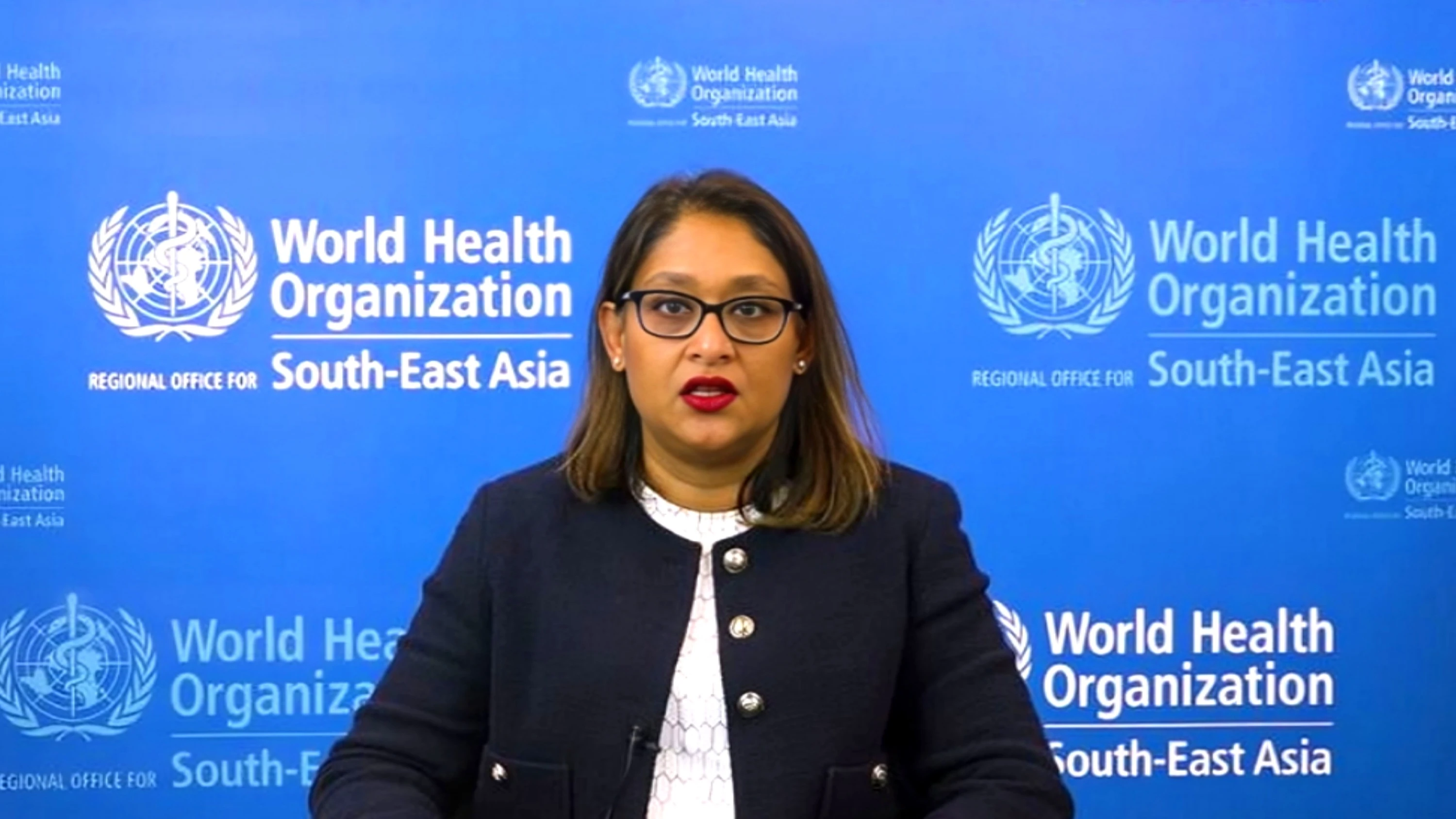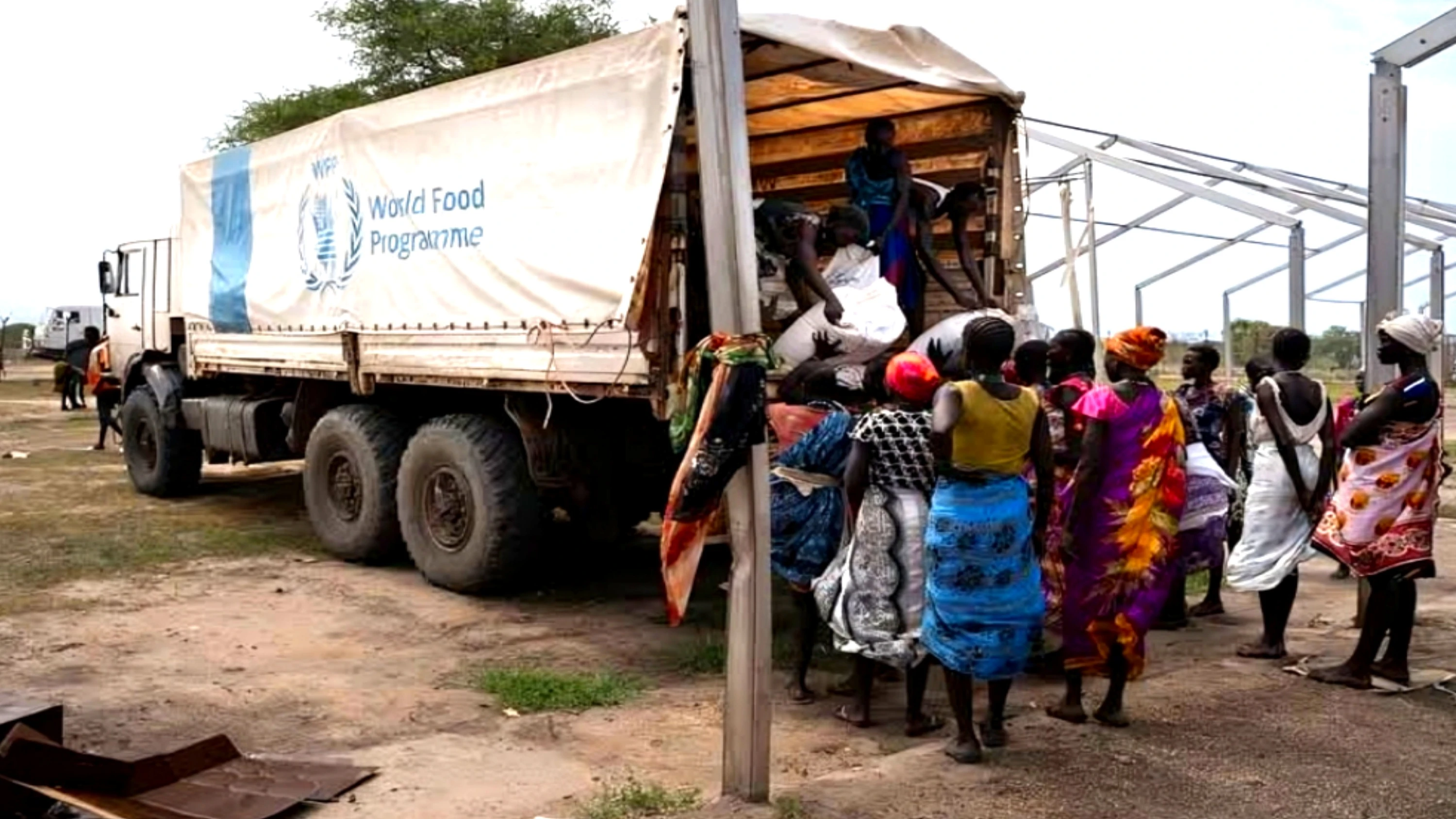The World Health Organization (WHO) has dedicated this year’s World Health Day to the theme “Healthy Beginnings, Hopeful Futures,” spotlighting the urgent global need to prioritize maternal and newborn health.
Marking its 77th anniversary on April 7, 2025, WHO emphasizes that the well-being of mothers and children lays the foundation for a healthier, more equitable future. WHO South-East Asia Regional Director Saima Wazed stressed that health is a generational legacy—one that begins even before birth and shapes the destiny of societies.
Recounting WHO’s legacy—from its inception in 1948 to leading global victories against diseases like smallpox and polio—Wazed called for renewed investments in primary healthcare and universal access to reproductive health services. She also voiced concern over the declining global focus and funding for maternal and newborn health, urging immediate and coordinated efforts to reverse this trend.
The WHO South-East Asia Region has shown global leadership by achieving the fastest reductions in maternal and child mortality rates. Between 2010 and 2023, a 53 percent reduction was recorded in the maternal mortality ratio (MMR), a 44 per cent reduction in the neonatal mortality rate (NMR), a 39% reduction in the stillbirth rate (SBR), and a 49 per cent reduction in the under-five mortality rate (U5MR).
Indian Government programs like Janani Suraksha Yojana, SUMAN, and the Pradhan Mantri Surakshit Matritva Abhiyan have expanded access to free maternity and antenatal care. Institutional deliveries now cover 88.8 per cent of all births. More than 41,000 public health facilities offer maternal services, with over 1,100 labor rooms and 800 maternity OTs certified under the LaQshya initiative Labor Room Quality Improvement Initiative).
Digital health initiatives like the Ayushman Bharat Digital Mission and e-Sanjeevani have further improved healthcare access. Over 76 crore digital health accounts have been created, and the telemedicine platform has delivered 36 crore consultations. The U-WIN immunization portal has tracked over 29 crore vaccine doses.
In disease control, India has exited WHO’s “High Burden to High Impact” list for malaria and successfully eliminated Kala-azar. Under Ayushman Bharat–PM Jan Arogya Yojana, more than 55 crore people are insured with Rs. 5 lakh coverage per family. Mental health services under Tele-MANAS are now available nationwide in 20 languages.
As WHO calls on nations to protect future generations through better health systems and stronger partnerships, India’s comprehensive approach stands out as a model for progress, inclusion, and resilience.
(Courtesy DD News & ANI)







